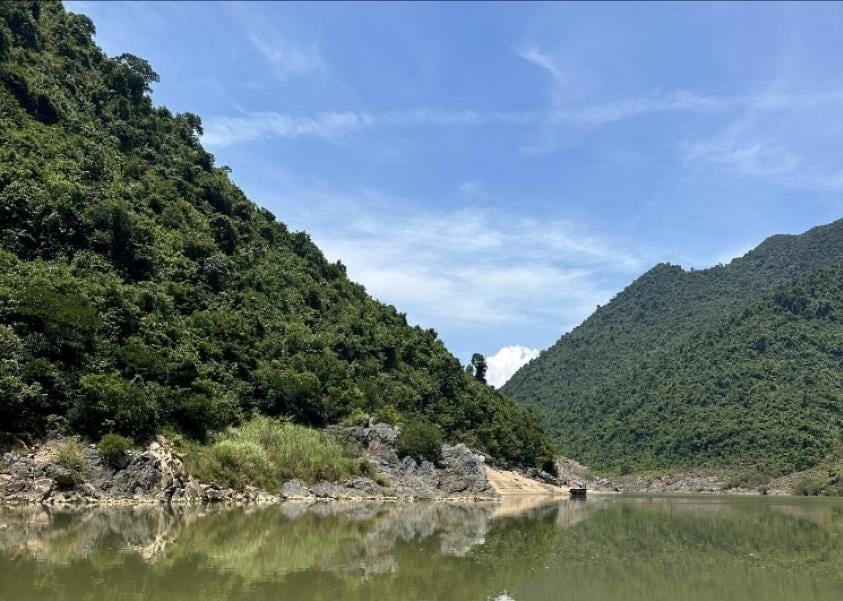
Tall, gloomy mountains often appear in literature and art, such as Cao Hanh Kien's Linh Son; Hoang Phu Ngoc Tuong's Mirage Mountain; On the Cloudy Top by Pho Duc Phuong, Brokeback Mountain (American film won an Oscar in 2006, directed by Ang Lee)...
Upstream to Zinc
From Trung Phuoc town, we weaved along a narrow asphalt road, under the shade of cool green acacia forests, then continued walking a dirt road down to the ferry terminal. The motorboat went upstream towards Hiep Duc, everyone was excited. The clear blue river water flowed between the long hills and mountains. In the distance, the Ca Tang peak was printed against the sky, a majestic and mysterious indigo color.
On the same trip with me was Nguyen Thanh Lai, nearly 70 years old. He said that right after the liberation, this area was deserted, the only road was plowed up, with patches of asphalt, many sections were mainly gravel. As a bank employee in the provincial capital, he said that collecting money was hard work but not as much as the fear of bringing money from here to Tam Ky.
Many times we had to ask the guerrillas from the commune and district or wait for the army units to give us a ride… Mr. Lai recalled and continued: We, the young people, have seen the hardships, but the most pitiful are the female teachers from the lowlands who come here. In the deep green forests and mountains, the rain is sad, the sun is sad, every girl misses home and cries her eyes out.
Hon Kem Da Dung is so famous that countless pens and ink have been written about this place name. In short, this place name has a Vietnamese pronunciation, so the Vietnamese must have come here before naming it. Hon Kem is a place where two cliffs jut out into the middle of the river. The Vietnamese Dictionary of Spelling and Etymology by Le Ngoc Tru (Thanh Tan Publishing House, first printed in 1959) explained: Kem is a ravine, a narrow path, with mountains on both sides.
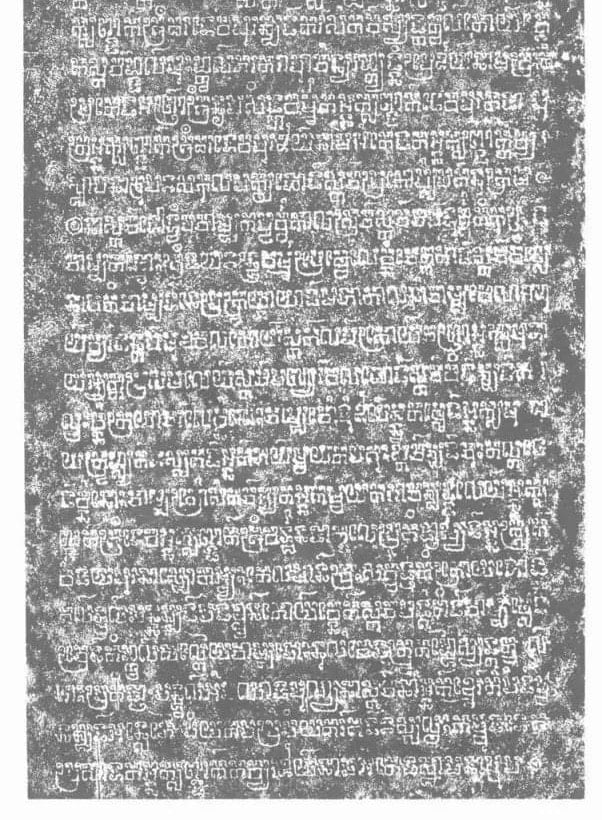
There are two ways to explain the word "Dung": "Dung" is a verb like "stop", or "dung" is a noun like "tai vach", "mach dang" refers to a wall. It is not clear what the ancients wanted to say, but either way is reasonable. Nature created tall cliffs here, as if to block the river.
My companion pointed to a cliff and whispered that during the dry season, there would be a rock with ancient Cham inscriptions engraved on it. I knew this from books. In BAVH (Bulletin des Amis du Vieux Hue - Friends of the Ancient Capital of Hue), French ethnologist Albert Sallet, who worked in Central Vietnam, wrote about this place: A rock cliff with inscriptions, on the upper reaches of the Thu Bon River, only revealed when the water is low, the Thach Bich cliff, is an object of worship for the fishing community...
Later, in 1911, a French epigrapher named Edourd Huber, a professor at the École Française d'Extrême-Orient, took the trouble to visit the site and decipher it by Latinizing it and translating it into French. The short content of the stele is: Cri Campecvaro vijayi mahipati Cri. Prakàcadharmmeti sthàpitavàn Amarecam iha. (Translation: Long live the glorious King Parkàcdharma, king of Champa. The lord of this land offers this Siva).
Ca Tang Thousand Years White Clouds
Thinking about the Cham inscriptions, I let my soul drift upstream into the Thu Bon River, my heart suddenly filled with nostalgia and thousands of years of memories. How many streams have flowed, how many lives have been born and then departed on this river far from the deep mountains. How long have the Vietnamese and Cham communities been together, to the point of merging blood to form a new community of residents at the foot of Ca Tang Mountain?
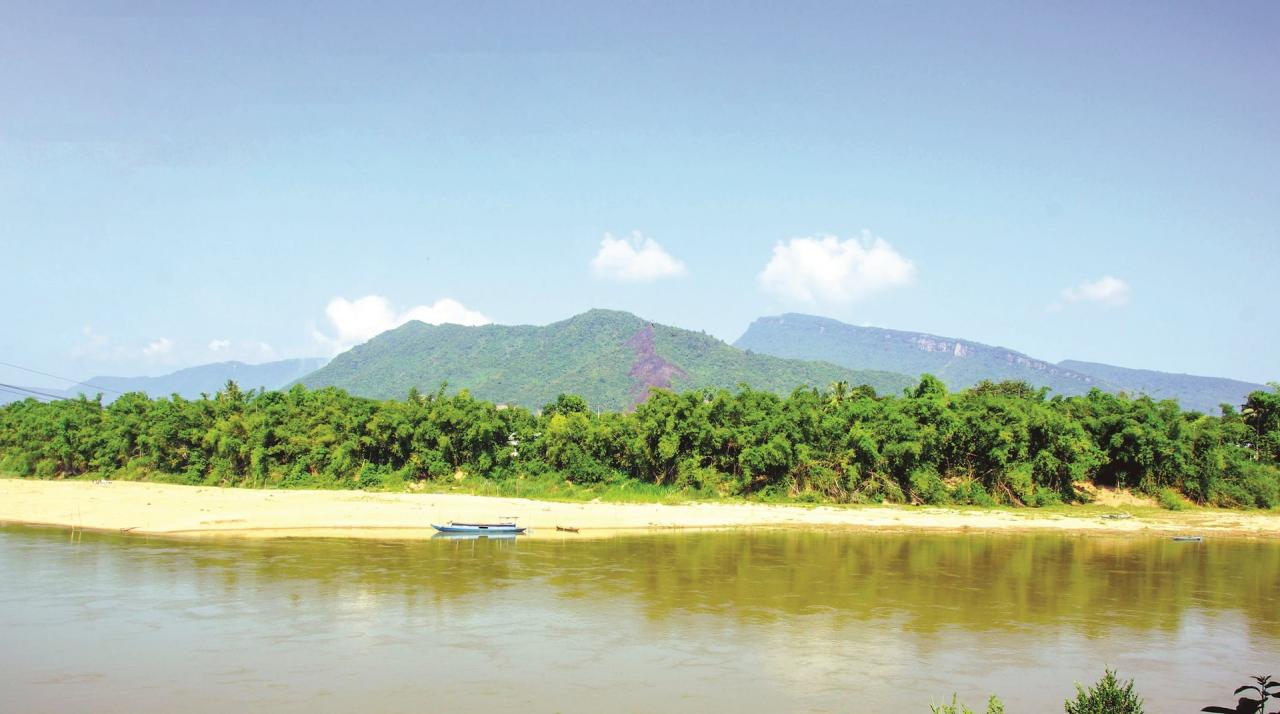
At this moment, it was early noon, the Ca Tang mountain peak was shining brightly on its summit. Was it real or was I dreaming? Suddenly I remembered that the Ca Tang mountain peak had also cast its shadow down to the upper Thu river for thousands of years, casting its mysteries that later generations were trying to decipher.
Recently, a freelance researcher, a Cham named Thach Trung Tue Nguyen, wrote about the war between Angkor and Campa that lasted from the time of Yàn Põ Ku Srị Jaya Indravarmmadeva and mentioned Cà Tang mountain as follows: Through the K.227 inscription (discovered at Banteay Chmar temple, Cambodia), we know that King Srị Yasovarman II attacked Campa and installed a Campa prince as king of this land. King Srị Jaya Indravarmmadeva organized a counterattack and surrounded Yasovarman II's army on Katang mountain (possibly Cà Tang mountain, Quang Nam now).
Thanks to the heroic battle and sacrifice of the warriors with the title of Sanjak, Yasovarma II escaped. According to Thach Trung Tue Nguyen, the reign of Srị Jaya Indravarmmadeva, based on 3 inscriptions in Po Ina Nagar (Nha Trang) and My Son (Quang Nam) was from 1163 to 1183. And Thach Trung Tue Nguyen also stated: The place name Katang appeared in inscription K.227, proving that it originated from the ancient Cham language. Mount Katang (cek Katan) we temporarily consider as Cà Tang... Mount Katang had a fortress built by Srị Jaya Indravarmmadeva, I wonder if there are any remains?
For nearly a thousand years, white clouds have hovered over the top of Ca Tang. New discoveries by researcher Thach Trung Tue Nguyen have revealed many stories that need to be explored. Are there any remains left? I have never set foot on the top of Ca Tang, despite my longing.
Suddenly I remembered, I have friends, younger brothers from the foot of the mountain, who love literature and poetry with the soul of an artist, that is Hoa Ngo Hanh, Tan Vu, Tran Que Son... Hoa Ngo Hanh temporarily put aside her literary dream but had short stories anchored in the hearts of readers with the Ca Tang mountain such as "Finding agarwood", "Huyen thoai mot bac"... Tan Vu also has talented essays and memoirs, words imbued with love for the countryside such as "Ca Tang - the mountain like a warm home".
As for musician Tran Que Son, he not only loves his homeland but also dares to compose music based on the poems of the eccentric middle-aged poet Bui Giang. Once, when talking, Tran Que Son confided that he loves Bui Giang's poetry and feels Bui Giang's poetry for many reasons, including a part of his life as a goat herder at the foot of Ca Tang mountain - where he has his own strange secret words: Look at me, my friends, Gold, Black, White/ Purple, eggplant, do you understand my heart?/ Slowly lift the necklace up, slowly/ I slowly lower it down to my neck and swing it...
The wind blew across the river, the scent of orchards from the peaceful village permeated the wind. At a certain moment, I looked up at the Ca Tang peak. The mountain rose high, dimly in the dark night. But the light from the Thu Bon river reflected dimly, enough for me to see a legendary sacred mountain cast its shadow. As if a hundred years, a thousand years, or even longer, had momentarily turned into eternity.
Source: https://baoquangnam.vn/linh-son-goi-bong-3148333.html



![[Photo] Bustling Mid-Autumn Festival at the Museum of Ethnology](https://vphoto.vietnam.vn/thumb/1200x675/vietnam/resource/IMAGE/2025/10/4/da8d5927734d4ca58e3eced14bc435a3)

![[Photo] General Secretary To Lam attends the 8th Congress of the Central Public Security Party Committee](https://vphoto.vietnam.vn/thumb/1200x675/vietnam/resource/IMAGE/2025/10/4/79fadf490f674dc483794f2d955f6045)
![[Photo] Solemn opening of the 8th Congress of the Central Public Security Party Committee, term 2025-2030](https://vphoto.vietnam.vn/thumb/1200x675/vietnam/resource/IMAGE/2025/10/4/f3b00fb779f44979809441a4dac5c7df)

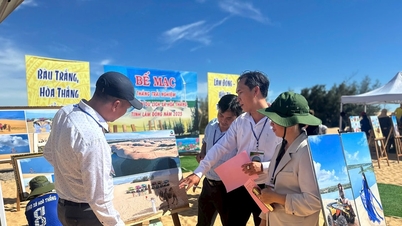

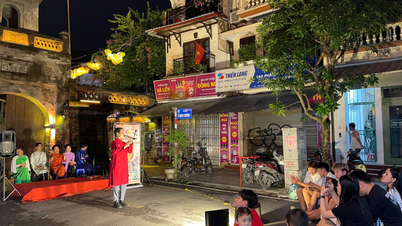



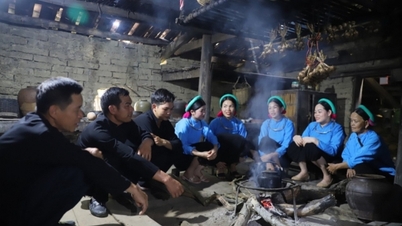



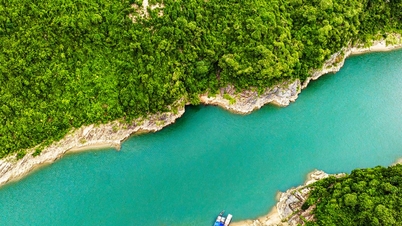

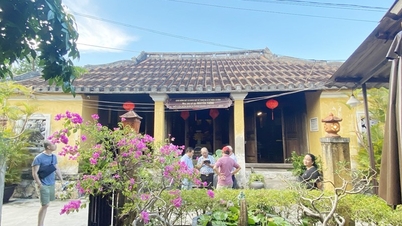


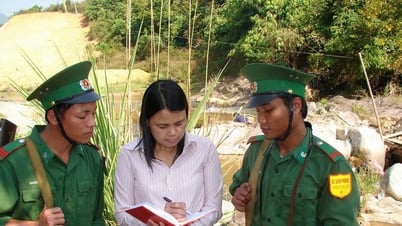
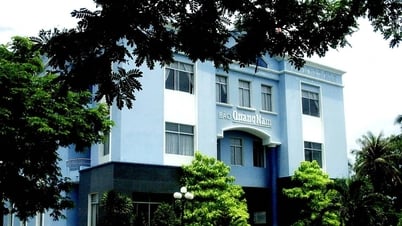








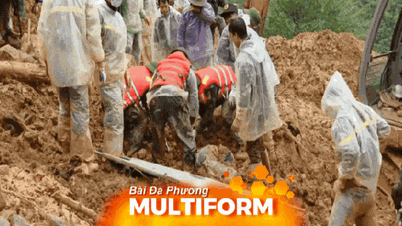
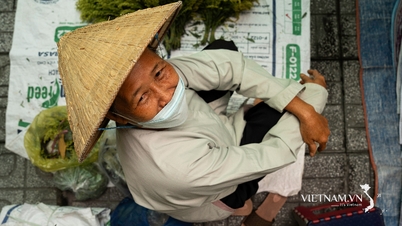
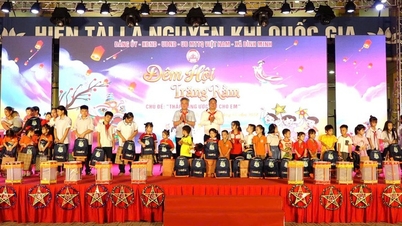
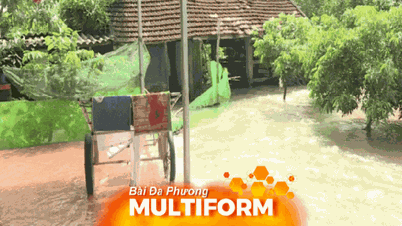



























![[VIDEO] Summary of Petrovietnam's 50th Anniversary Ceremony](https://vphoto.vietnam.vn/thumb/402x226/vietnam/resource/IMAGE/2025/10/4/abe133bdb8114793a16d4fe3e5bd0f12)
![[VIDEO] GENERAL SECRETARY TO LAM AWARDS PETROVIETNAM 8 GOLDEN WORDS: "PIONEER - EXCELLENT - SUSTAINABLE - GLOBAL"](https://vphoto.vietnam.vn/thumb/402x226/vietnam/resource/IMAGE/2025/7/23/c2fdb48863e846cfa9fb8e6ea9cf44e7)


















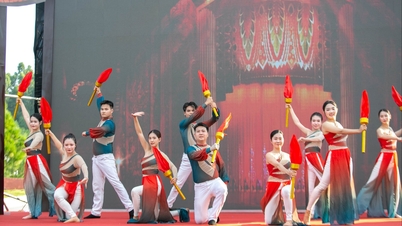










Comment (0)